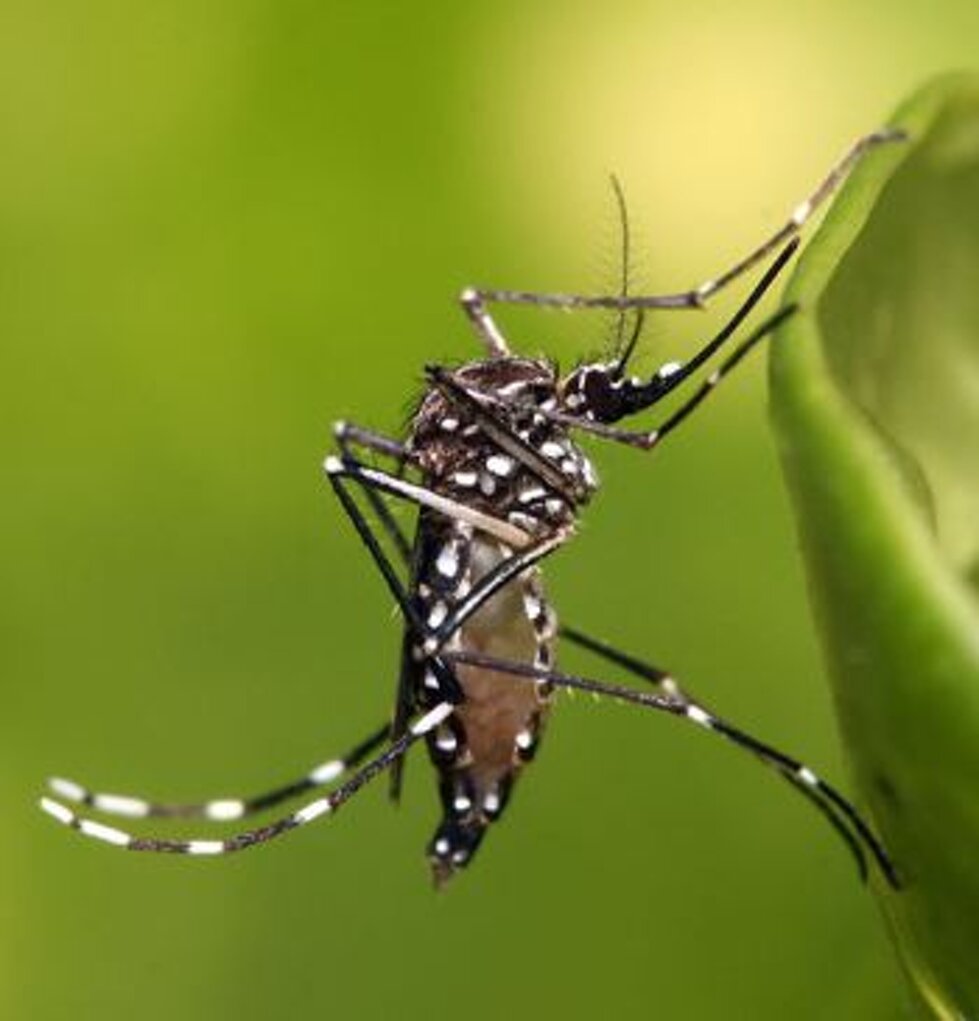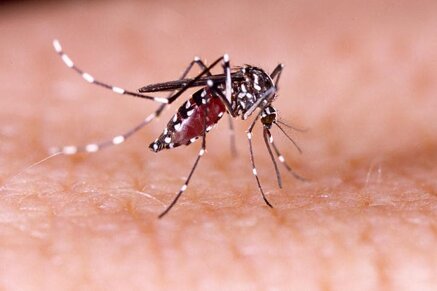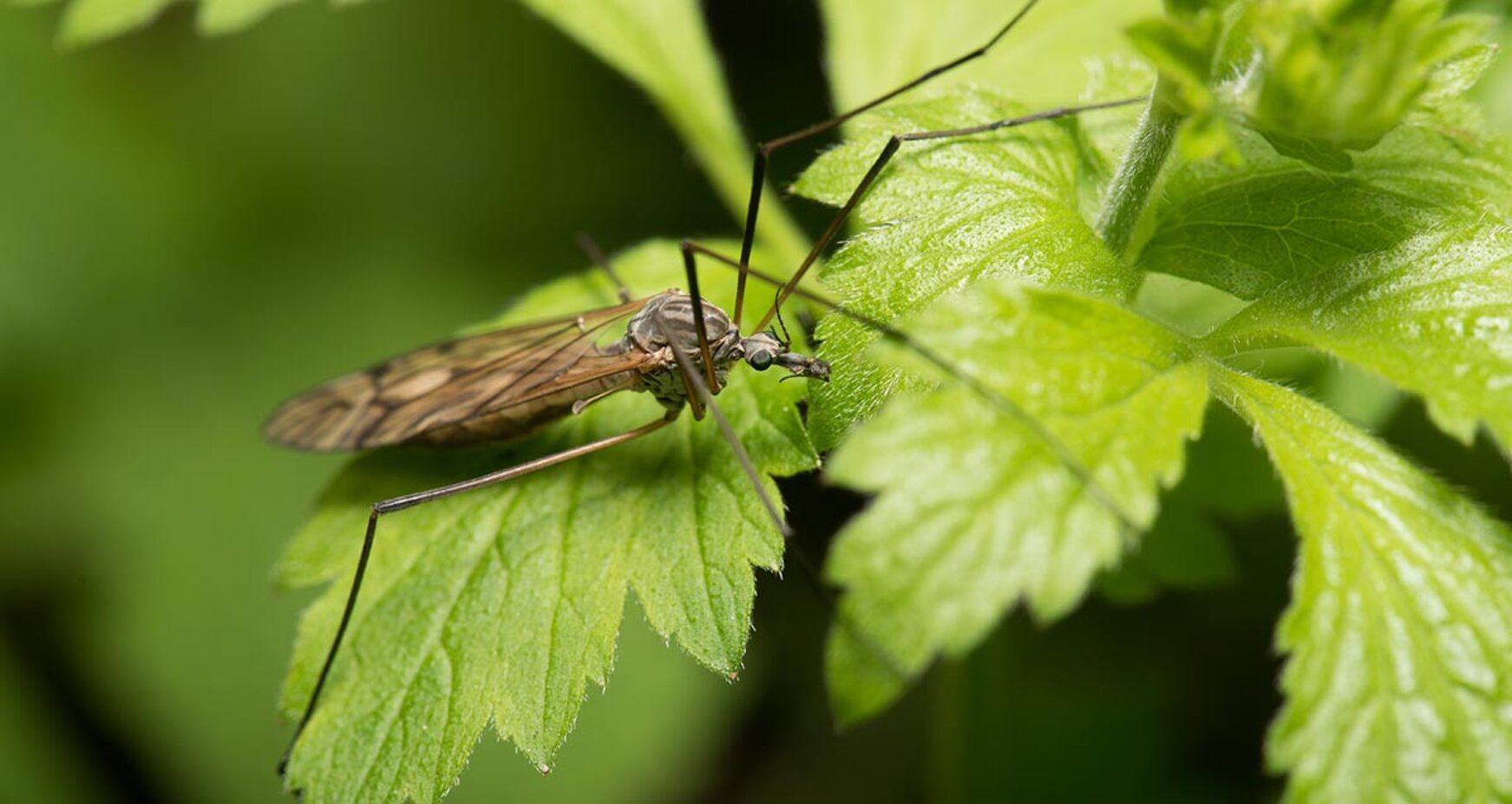Ecopiakos Ecological Solutions - VAT 05534520878

Mosquitoes
The common mosquito (scientific name Culex pipiens) is rather small in appearance and size, with a generally brownish background color.
The abdomen is truncated, and each segment is crossed by two transverse bands: brown the distal one, beige the proximal one. There are two biological forms of this species: a rural and ornithophilic one, and an anthropophilic one, particularly adapted to urban environments, which represents an evolution of the former. From a biological point of view, the anthropophilic form differs in characteristics that have been selected following adaptation to life in enclosed, often underground environments: it is in fact able to mate in confined spaces (stenogamy), to complete the first egg-laying cycle without a blood meal (autogeny), and not to undergo winter diapause (homodynamy).
Features
The larvae, aquatic, feed by filtering water and go through 4 growth stages to reach the pupal stage. The adult mosquito emerges about 48 hours after pupation. In our latitudes, the larval-pupal cycle can last from one to several weeks, depending on the temperature: at 30°C it lasts 6-7 days, at 20°C 11-14 days, at 10°C 48-58 days. Below 7°C the larvae stop growing and the cycle stops.
About 48 hours after emergence, males and females are able to mate. Immediately afterwards, the female can take her first blood meal, while the male, having exhausted his reproductive function, will survive only a few days during which he will never feed on blood. Both males and females obtain the energy necessary for their lives from sugary juices of plant origin.


Behaviors
The activity of the common mosquito is mainly nocturnal.
In fact, it is almost certainly responsible for the annoying buzzing we sometimes hear in our ears on summer nights. This mosquito is mainly endophagic (it attacks us inside homes) and anthropophilic, at least in its urban variant.
It colonizes almost all types of stagnant water collections, from street drains to rice fields. In urban environments, it shares many breeding sites with the tiger mosquito (barrels, manholes, etc.), but it can also colonize others, such as cellars and crawl spaces subject to flooding, typical of areas with a high water table.
Damages caused
One of the diseases caused by mosquitoes, of which there have also been cases in Italy in recent years, is West Nile fever, caused by the West Nile virus (Wnv), from the Flaviviridae family. It is not transmitted from person to person, but through the bite of Culex pipiens, the common mosquito endemic in Italy, which is more active in the evening and at night. Various species of birds are reservoirs of the disease, but mammals can also be infected, especially humans and equines, dogs, cats, rabbits. Most infected people show no symptoms, but in about two out of ten cases the virus can cause fever, headache, nausea, vomiting, swollen lymph nodes, skin rashes. In very young children, the elderly, and debilitated people, symptoms can be more severe, with high fever, severe headache, muscle weakness, disorientation, tremors, vision problems, drowsiness, convulsions, up to paralysis and coma (one person in 150). In one case out of a thousand, the virus triggers lethal meningitis or encephalitis. There are still no drugs available, so there is no specific therapy. The period in which transmission occurs is from May to November, with the highest number of cases usually observed between the second half of August and September. The Culex mosquito can transmit the virus to its eggs and thus to its future offspring. Since 2015, Italy has been the European country with the highest number of West Nile fever cases reported every year. Complications are more frequent after the age of 60-65 and in immunosuppressed individuals. For West Nile, there are neither a vaccine nor effective drugs.

Ecopiakos Ecological Solutions - VAT 05534520878
